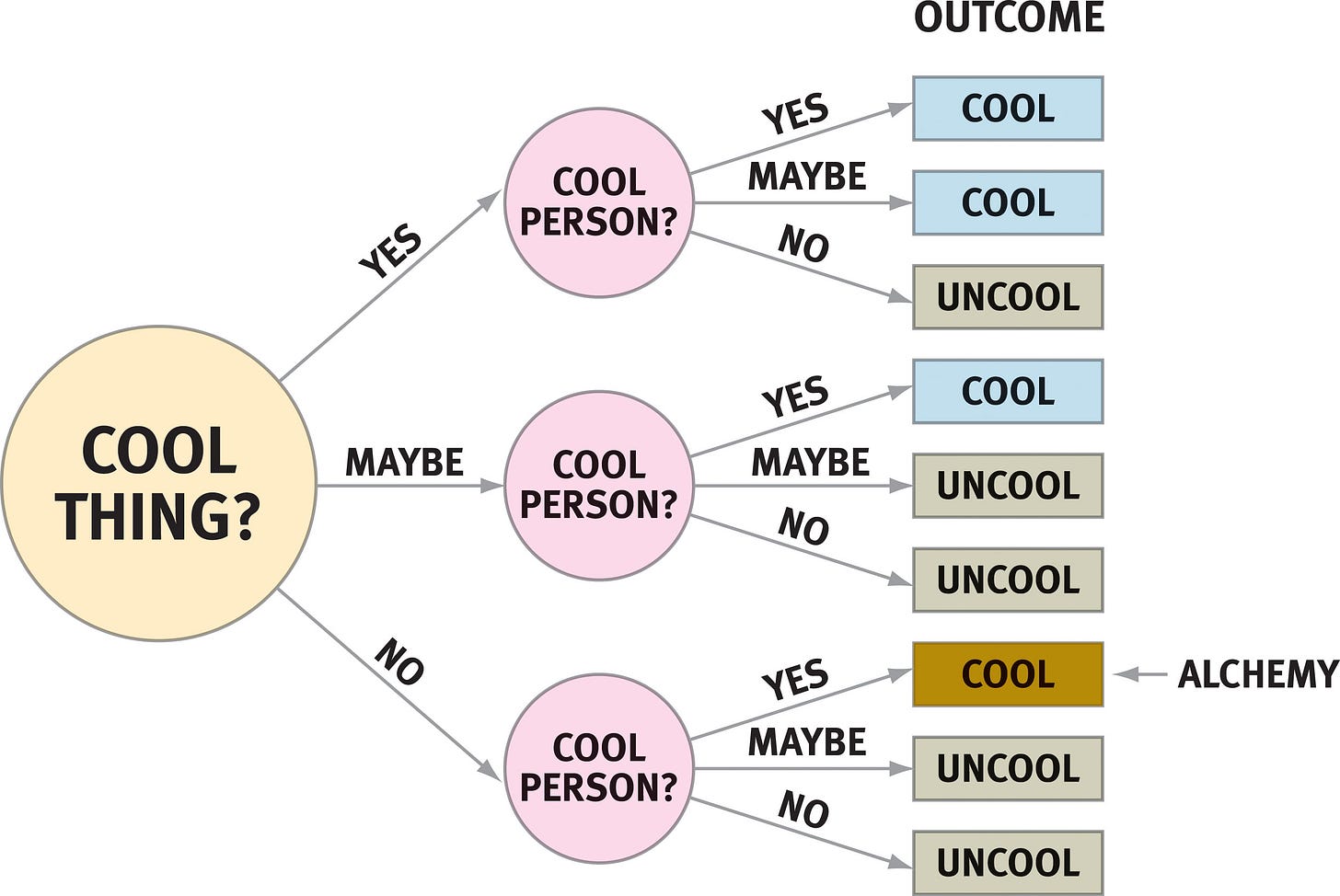Anatomy of Cool
What’s cool? What’s daggy? Who decides?
Dictionary definitions of the word “cool” containing words like “excellent” or “first rate” are very unsatisfying and, by definition, totally uncool. Anyway, you know what we mean by “cool”, just as most Australians know what is meant by the opposite word “daggy”. To a certain extent, both words are really better defined by their applicati…



